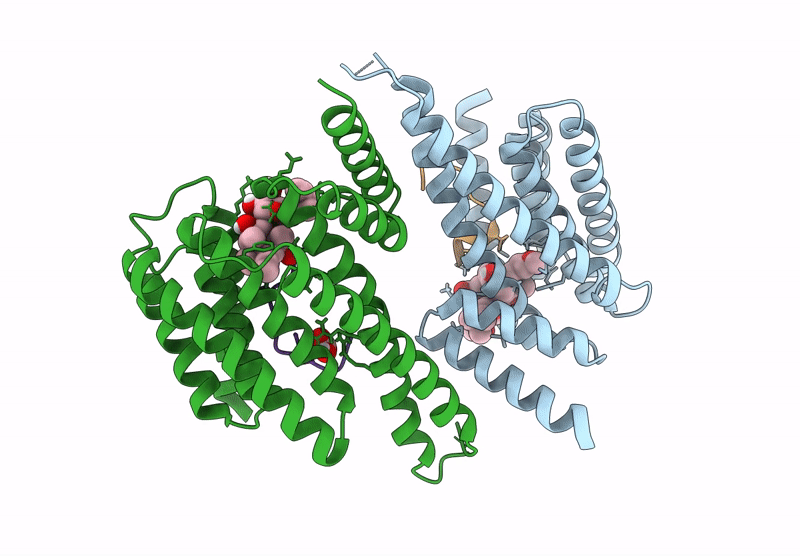
Deposition Date
2024-01-22
Release Date
2025-02-12
Last Version Date
2025-04-16
Entry Detail
PDB ID:
8RRM
Keywords:
Title:
tripartite complex between 14-3-3 sigma, Fusicoccin-A, and a phosphopeptide optimized for a Fusicoccin-mediated stabilization of the complex
Biological Source:
Source Organism:
Homo sapiens (Taxon ID: 9606)
synthetic construct (Taxon ID: 32630)
synthetic construct (Taxon ID: 32630)
Host Organism:
Method Details:
Experimental Method:
Resolution:
2.00 Å
R-Value Free:
0.21
R-Value Work:
0.18
R-Value Observed:
0.18
Space Group:
C 1 2 1


